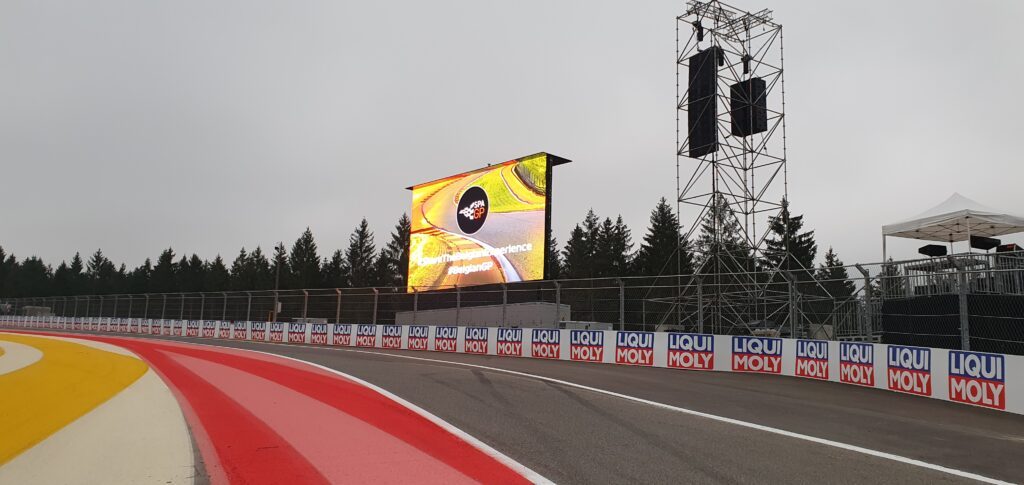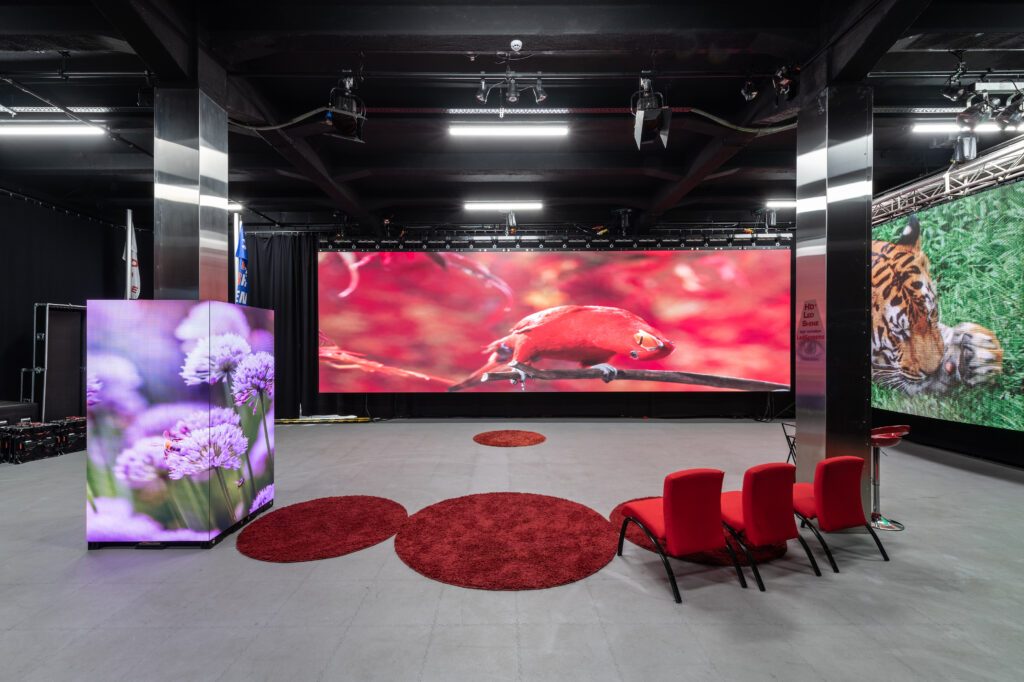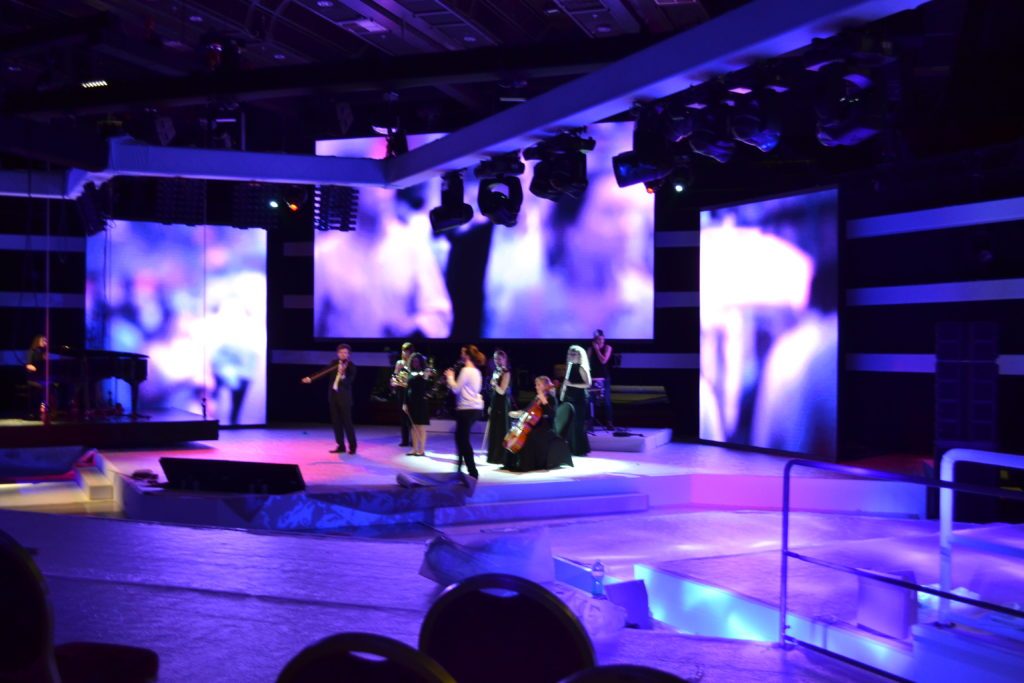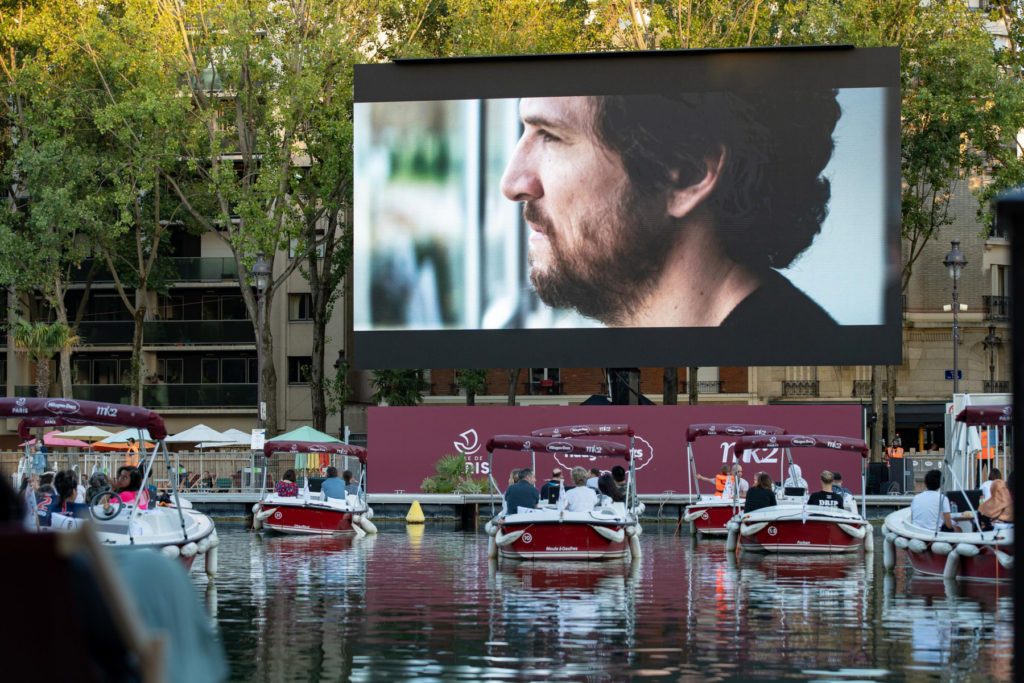What is pixel pitch?
The pixel pitch is always expressed by means of the letter P, followed by a number: for example, P4.8 or P8. But what is pixel pitch exactly? Literally it represents the distance between the center of one pixel and the center of the next pixel, this then represents how good the image quality is. With an LED screen, each LED equals 1 pixel and so this value literally represents the distance between the centers of two following LEDs.
This of course very technically explained, otherwise we will just illustrate it through two examples.
Example P3.9: There is exactly 3.9 mm between the centers of two consecutive pixels.
Example P8.3: There is exactly 8.3 mm between the centers of two consecutive pixels.
The more lights there are per square meter, the higher the resolution is and the more detailed the display. So it makes sense that the more LEDs or pixels there are per square meter, the fewer millimeters there are between them resulting in a lower Pixel pitch value.
In summary
The higher the pixel pitch, the more space there is between the (centers of 2 consecutive) pixels and thus the fewer LEDs or pixels per m².
Conversely, of course, the same is true: the lower the pixel pitch is in value, the less space there is between pixels and then the more LEDs there will be per m².
| P3.9 | P8.3 |
| 65.536 pixels / m² | 14.400 pixels / m² |
However, pixel pitch cannot be judged in isolation, always consider format and viewing distance!
Balance between pixel pitch and screen size
It is important not to start looking only at the pixel pitch, but always relate it to the size of the screen you are looking for!
If you want to achieve a certain resolution, you can do so in two ways. Either you choose a smaller screen with a low pixel pitch, which means there are very many pixels in a small area. Or you choose a larger screen with a higher pixel pitch, where the same number of pixels are distributed over a larger area.
For example:
1) 3.75m² (2.5m x 1.5m) in P3.9 gives 640 x 384 pixels
2) 28m² (7 meters x 4 meters) in P8.3 gives 840 x 480 pixels
Not such a big difference in resolution, but a huge difference in size
The correct pixel pitch based on viewing distance and screen size
The larger the screen, the farther away the audience will be from the screen for comfortable viewing. This is really just the same as with your television at home. The further one stands away from the screen, the less one will also perceive the space between the LEDs.
Below is an example of pixel spacing in accordance with the viewing distance of an LED screen.
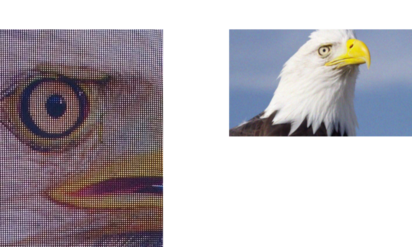
So, in general, the closer the viewer is to the screen, the lower it is best to choose the pixel pitch. For example, at an exhibition stand, where visitors often stand almost up to the screen, it is best to choose a lower pixel pitch. At outdoor events, however, this is usually not necessary and so people will more often choose a larger pixel pitch.
What is the price?
The smaller the pixel pitch becomes, the more expensive the LED tile usually is. Although this also depends on other factors such as brightness, refresh rate, the exact type of LED etc. So as a customer it is important to weigh how important the size is versus resolution and/or quality. However, there are also very large LED screens with a small pixel pitch, where both size and quality score highly. For example, HDLedshine has the two largest mobile LED screens in the world, which together measure 288m2 with 4K resolution!
Observing different pixel pitches with your own eyes
Want to observe the differences in pixel pitches with your own eyes? In our showroom we can give you a presentation of content on different pixel pitches. By seeing the content on different screens, you can see the difference with your own eyes. If you are interested in a presentation about what is pixel pitch, don’t hesitate to contact us below.
Gallery
We would love to hear from you!
Do you have a crazy idea for a project? A question? Want to grab a coffee? Or do you just want a quick quotation (we get it) – Contact us now!

